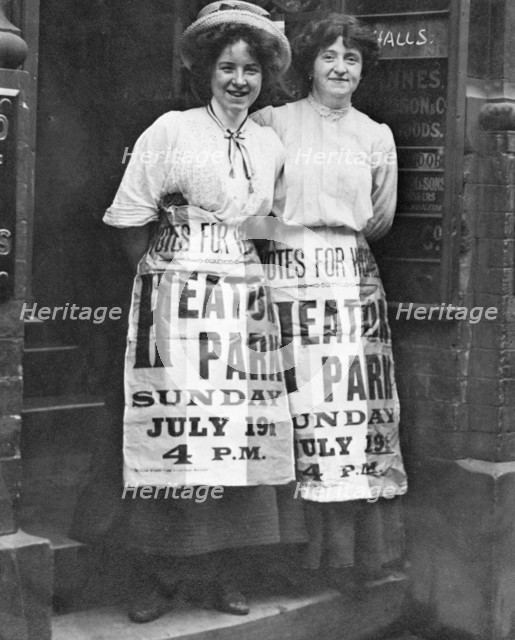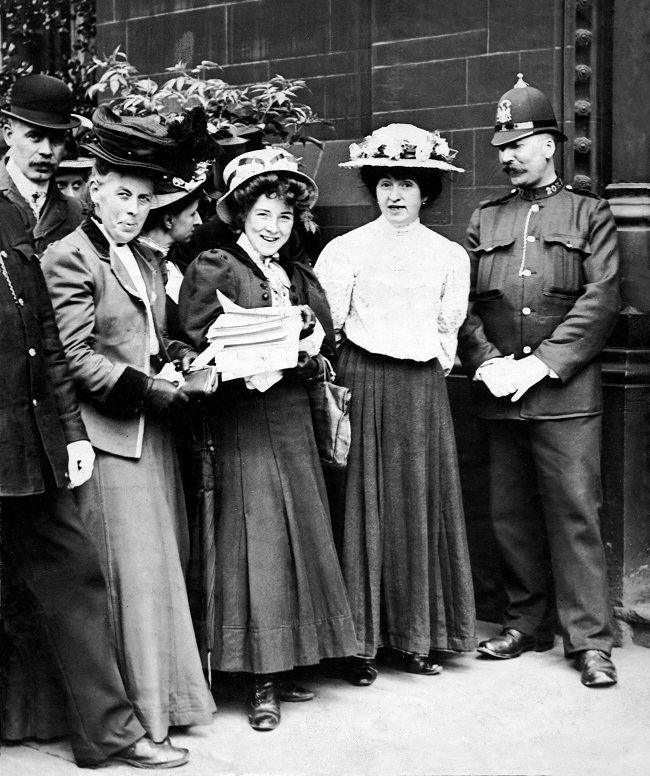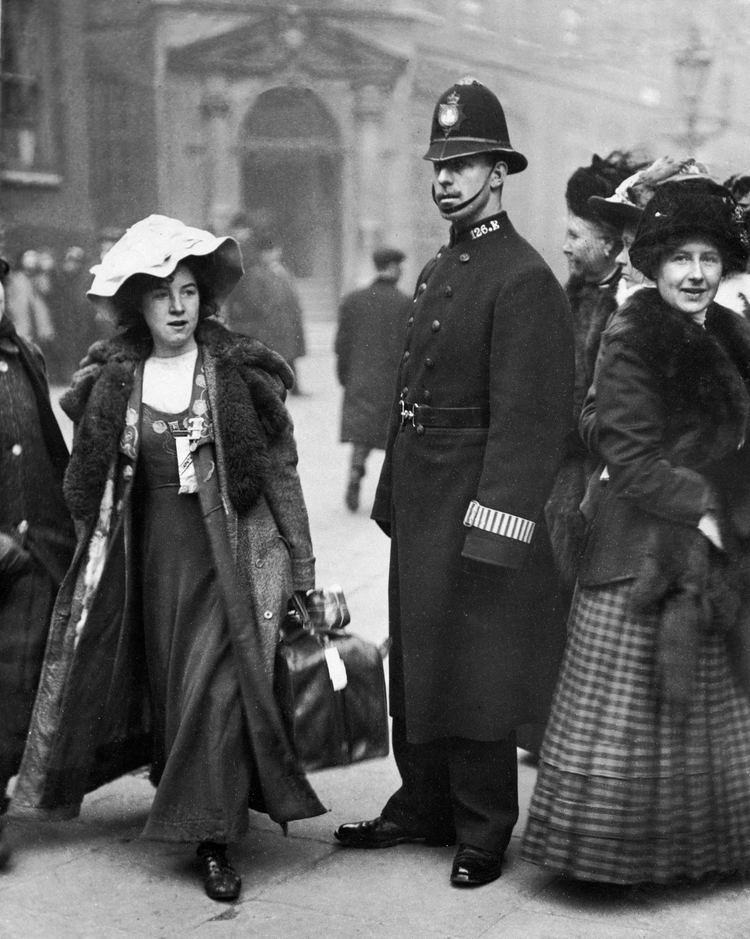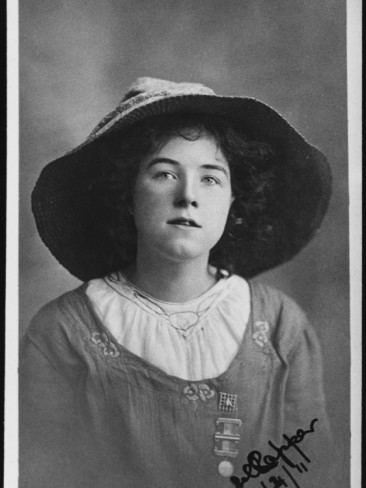Name Mabel Capper | Died September 1, 1966 | |
 | ||
Mabel Henrietta Capper (23 June 1888 – 1 September 1966) was a British suffragette. She gave all her time between 1907 and 1913 to the Women's Social and Political Union (WSPU) as a 'soldier' in the struggle for women's suffrage. She was imprisoned six times, went on hunger strike and was one of the first suffragettes to be forcibly fed.
Contents
- Family
- Cappers WSPU activities 19071913
- During World War I and afterwards
- Her writing and her play
- Later life
- References

Much of her life was devoted to the struggle against bad luck and discrimination.

Family

She was born in Brook's Bar, Chorlton on Medlock, Manchester. Her father, William Bently Capper was a Chemist and an Honorary Secretary of the Manchester branch of the Men's League for Women's Suffrage. Her Mother, Elizabeth Jane Crews, whose own father, a Chemist had died when she was nine years old and whose siblings were subsequently divided between foster homes and the Muller Homes Orphanages, was a member of the WSPU.
A brother, William Bently Capper was born in 1890.
When the children were still young the family moved to 21 Oxford Street, Chorlton on Medlock, now Picadilly, Manchester.
Capper's WSPU activities 1907–1913
During World War I and afterwards
Following the declaration of war on 4 August 1914 and the suspension of Suffragette Militancy, Capper joined the Volunteer Aid Detachment.
Later she became involved with the pacifist and socialist movements.
She worked as a journalist for the Daily Herald after the war.
In 1921, at Hampstead, London. she married the writer Cecil Chisholm. There were no children from the marriage.
Her writing and her play
In 1908 Capper wrote to the Manchester Guardian to counter the objection to women's enfranchisement on the grounds that they would not be subject to conscription into the armed forces.
She wrote: "-there is no reason in denying the rights of citizenship to women on these grounds. – When our men set out to battle they do not go alone. They are accompanied by an army of women, whose duty it is to tend those stricken in the fight. They endure the same hardships, undergo the same risks. Is their work less noble? Does the State owe them a lighter debt?"
A few years later this point was reinforced by the heroic work of Mabel Anne St Clair Stobart's Women's Convoy Corps and afterwards the Women's National Service League and Stobart's 1913 book War and Women.
In October 1912, her play The Betrothal of Number 13 was produced at the Royal Court Theatre. "of working class life, written with a certain amount of sympathetic insight and character" it concerned the stigma imposed by imprisonment, even on the innocent.
She maintained her interest in feminism and the lot of the underprivileged throughout her life. In 1963 she wrote of her friend Mary Gawthorpe 's father and: "- what it meant to be born into a North Country working class family (in) the eighteen-eighties. – doomed by the caste system of (the) day to be a leather worker in an age when a stiff fight had to be made against competition from America."
In her 1963 review of Gawthorpe's book Up Hill to Holloway, Capper described how, in 1904, Mary was called to make her first speech entitled The Children under Socialism – "concerning the propriety of providing suitable food and clothing for poor children of the unemployed and needy during the winter"
It was a time of economic depression and, "from the Labour point of view, the aftermath of the South African War." Recruiting for that war "had afforded the usual discoveries of poor physiques, underfeeding and bad teeth." Capper noted that, by 1963 it was difficult to realise "how grudging was the welfare in those days. It all depended on a voluntary basis and funds were exhausted in that winter of 1905. By February a total of 323,414 dinners had been provided. – Strictest economy was necessary, and lentils, at about one halfpenny a meal, appear to have been the basic diet."
Later life
She moved to Windrush Cottage, Fairlight near Hastings in 1946.
In the last ten years of her life she was crippled by osteoarthritis and required full-time nursing care.
She died at Leolyn Nursing home St Leonards on Sea
